What I would like to do is to put an LM386 in my bass guitar so that I can plug my headphones directly into it for practice. The LM386 was my first choice because it can run off of a 9V battery and requires no external parts. I understand that the output impedance of a 9V battery is fairly low (about an ohm or so). The LM386 has PSRR of 50dB. Do I need to decouple the power supply going to the LM386?
-
Yes, you need to decouple it to make up for the impedance of the battery wires. 1uF would likely be more than enough. – user57037 Nov 04 '15 at 19:07
-
1The short answer is: Yes. Why save 10ct for a cap and risk audio quality and troubleshooting hours? – jippie Nov 04 '15 at 19:08
-
7http://electronics.stackexchange.com/questions/5830/are-decoupling-capacitors-needed-with-battery-power – Fizz Nov 04 '15 at 19:10
-
For a typical duracell 9V block the impedance starts at ~1.7Ohm and during the lifetime of the battery can climb to over 4. Not what I would call "fairly low" at any point. – PlasmaHH Nov 04 '15 at 21:06
1 Answers
And more to the point here, the 50dB PSRR of LM386 is given with a 10uF bypass cap:
Without it... you are in Murphy's Law territory.
And I can tell you from teardowns of some Japanese (Uniden) cordless phones, which use the JRC version of that chip (for the internal [typically] 1/4W speaker), that even they don't omit the 10uF cap for that chip, and phones aren't known for best room audio quality. And they also have some 1000uF board-entry decoupling before that, so it's not like they run this IC straight from the wallwart. The 10uF cap is placed at about 0.5cm from the 386 on those. They did cut the coupling output cap from the 220uF (JRC datasheet recommendation) to 47uF though (which I assume is good enough for voice high-pass), so they were not exactly throwing their money away with no reason. These phones used to be made one every 3.2 seconds at one point, if Wikipedia is to be believed... so optimizing parts cost surely was on their mind.
- 14,355
- 2
- 43
- 97
-
1Actually, Uniden used a 47uF instead of a 220uF output cap because they've used a 32ohm speaker instead of a 8ohm one. – Fizz Nov 04 '15 at 22:09
